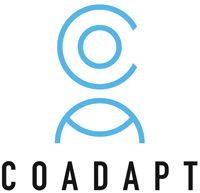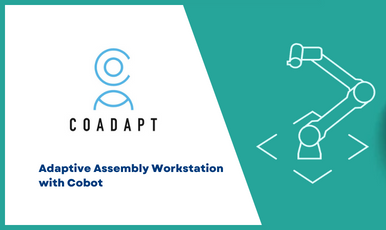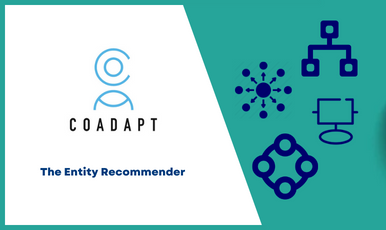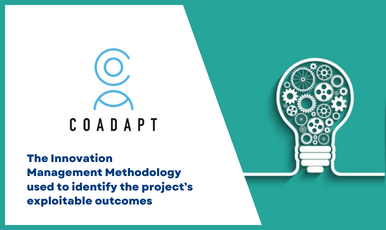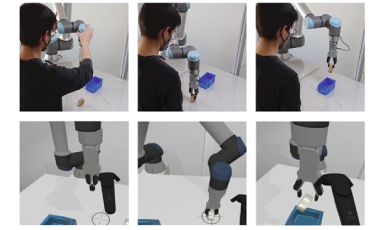As the ageing citizen face particular difficulties in remaining active, COADAPT proposes a framework that provides principles for a two-way adaptation in support of ageing citizens.
Human Adaptation Support
Empowers ageing citizen to adapt to changed conditions through a personalized Artificial Intelligence (AI) conversational agent for change support
Work Systems Adaptation Support
Defines three types of smart adaptations in work systems with different level of technology sophistication
PARTNERS






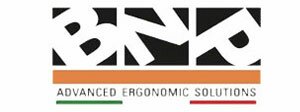
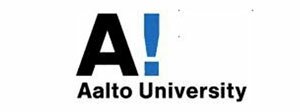


IMPACT SOUGHT
Empower ageing citizens by extending their ability to participate in work and personal life through AI techniques
Innovative AI based solution using advanced human-computer interfaces
Extend ability and wellbeing of ageing workers
Improve assembly lines using cobots and cognitive workload adaptive solutions
Improve computer literacy of ageing citizens through innovative intelligent applications
NEWS & EVENTS
Read our views on the things that matter to you. And get to know our people. We make the difference.
The Adaptive Assembly System (AAS) comprises an innovative adaptive workstation equipped with a collaborative robot...
Everyday digital tasks can highly benefit from systems that recommend the right information to use...
TEO (D.5.4) represents the Conversational Agent included within a wider application for smartphones, together with...
As described in our previous post on Innovation management we will give an overview of...
As the CO-ADAPT project is progressing to its end we will present in different posts...
The Human-Inspired Technology Research Centre (University of Padova) team has designed and developed an Adaptive...
